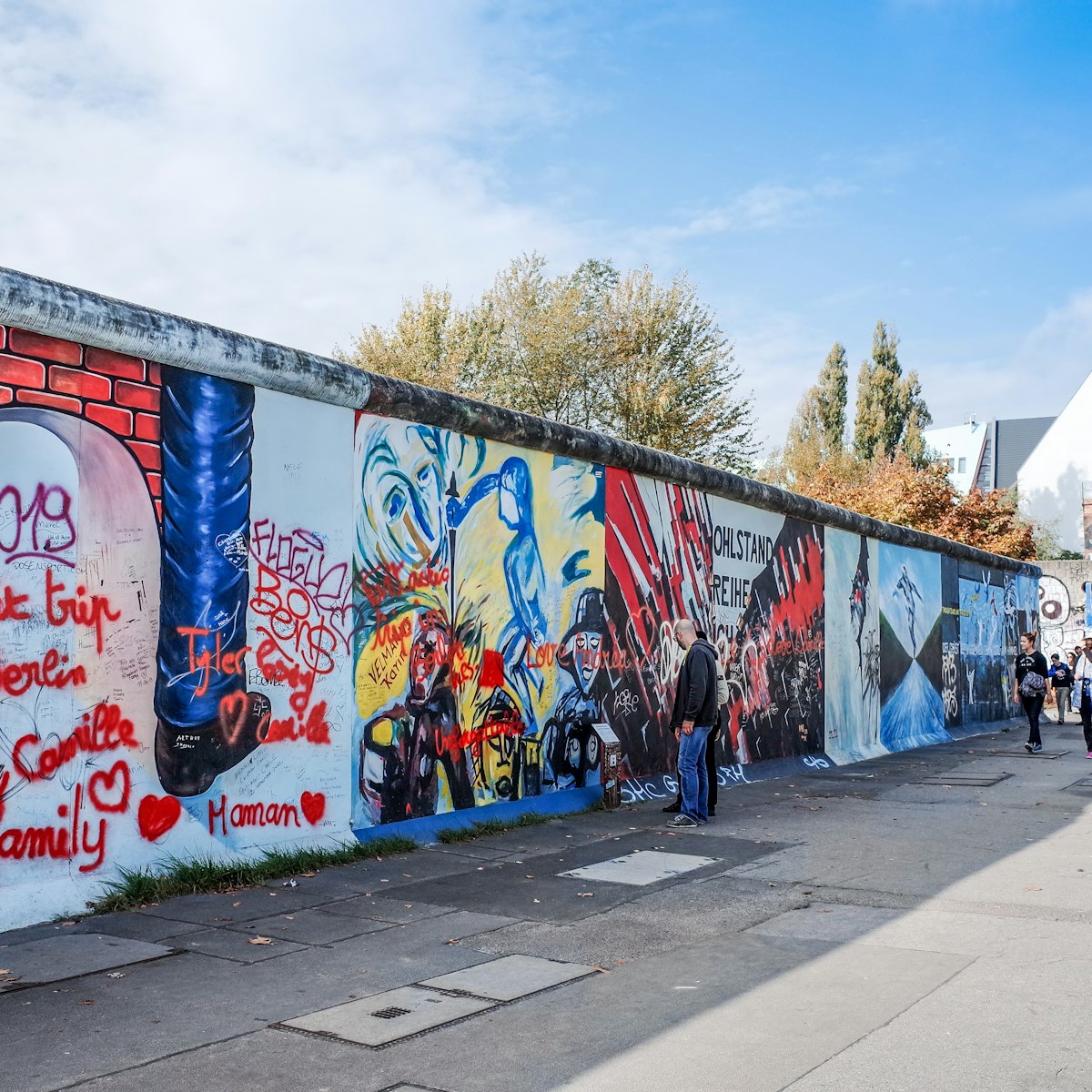For over 60 years, not a soul was able to visit Berlin’s Neues Museum – in fact, it sat in ruins. But today it’s one of the city’s most celebrated attractions thanks to an extraordinary architectural design blending past and present with ancient historic collections.
After decades of disuse, an extreme makeover for the bombed-out Neues Museum was unveiled in 2009. Like a giant jigsaw puzzle, British starchitect David Chipperfield's design incorporates every original shard, scrap and brick that could be found into this dynamic space. Massive stairwells, intimate domed rooms, mural walls and airy, high-ceilinged halls are juxtaposed with modern concrete elements and gray scars on damaged friezes – bringing the neoclassical building’s past into a future that remembers.
The collection
The collection itself showcases ancestral histories from world cultures. With 8000 sq m over four separate levels, the Neues Museum displays around 9000 historical exhibits spanning the weird, wild and wonderful. There are two permanent collections: the Ägyptisches Museum und Papyrussammlung (Egyptian Museum and Papyrus Collection) spanning four millennia’s worth of ancient Egyptian and Nubian artifacts, while the Museum für Vor- und Frühgeschichte (Museum of Pre- and Early History) journeys across Europe and the Middle East from the Stone Ages to the Middle Ages.
Among all these artifacts, is Berlin’s most coveted – the Nefertiti Bust, which has come to be a cultural symbol for the city over the years. Beyond the Queen’s showstopping likeness, the Egyptian Museum also features mummies, sculptures and sarcophagi.
Trojan and Neanderthal relics are placed around the building’s massive stairwells and echoey rooms. One highlight from the Late Egyptian Period (around 400 BCE) is the sculpture of a priest's head carved from a smooth green stone known as the “Berlin Green Head“.
Meanwhile, pride of place at the Museum of Pre- and Early History (in the same building) goes to Trojan antiquities, a Neanderthal skull and the 3000-year-old “Berlin Gold Hat", an elaborate headdress made from thin, delicate gold leaf.
The history of the Neues Museum
The Neues Museum was commissioned by King Frederick William IV of Prussia as an extension for the overflowing Altes Museum. Construction for Museuminsel’s second building started in 1843 with a design in neoclassical and Renaissance Revival styles by architect Friedrich August Stuler.
The Neues Museum opened in 1855 to much fanfare, with its main artifact being Nefertiti's Bust – part of the treasure trove unearthed by a Berlin expedition of archaeologists around 1912 while sifting through the sands of Armana, the royal city built by Nefertiti’s husband, Akhenaten (r 1353–1336 BCE).
The museum was closed at the start of WWII in 1939. During the bombings of Berlin, it sustained considerable damage. Airstrikes on November 23, 1943 destroyed the central stairway, frescos and many artifacts. Two years later, in February 1945, Allied bombs destroyed several wings as well as a connecting walkway to the Altes Museum.
Post-war, the Neues Museum sat in ruins for decades in former East Berlin. Lesser damaged areas were used for storage by the other buildings on Museuminsel. In 1986, the East German government began restorative work to bring the Neues Museum to its original design, but plans were halted after the fall of the Berlin Wall in 1989.
The museum's redesign
After German reunification, the museum’s redesign was launched as a competition. Renowned architects applied with their ideas, but the Prussian Cultural Heritage Foundation and the Berlin Senate weren’t keen on any of the proposals.
A so-called “closed competition” followed with contracted architectural firms. David Chipperfield, who had already gained a reputation for designs elsewhere in Germany, was officially appointed to take over the project in 1997.
Chipperfield’s proposed design conceived the Neues Museum as a blend of old and new. The building’s restoration and repair would be influenced by the preservation of the original structure. New elements would compliment and acknowledge what was lost without an heir of replication. It was important for Chipperfield that traces of WWII damage not be glazed over but respected within a modern context – for example, restoring the original sequence of rooms with the addition of new building sections.
It was an architectural plan that was considered controversial by traditionalists who wanted the building restored to its original state, but nevertheless, the reconstruction began in 2003 and the Neues Museum reopened to the public in October 2009.
Plan your visit
The Neues Museum is one of Berlin’s busiest museums, so be sure to skip the queue by buying your timed ticket online. The main attraction, the sculpture of Queen Nefertiti’s head, is displayed alone in the domed hall in the north of the building near the end. The museum is closed on Mondays.
Getting there
The Neues Museum is located on Museumsinsel and is easily accessible by public transport. The U5 line stops right outside Museuminsel at Unter den Linden station. The museum is also a short walking distance from the S-Bahn stations Friedrichstraße and Hackescher Markt. Trams M1 and 12 will take you to nearby Kupfergraben, while buses 100 and 200 stop at Lustgarten on Unter den Linden.












